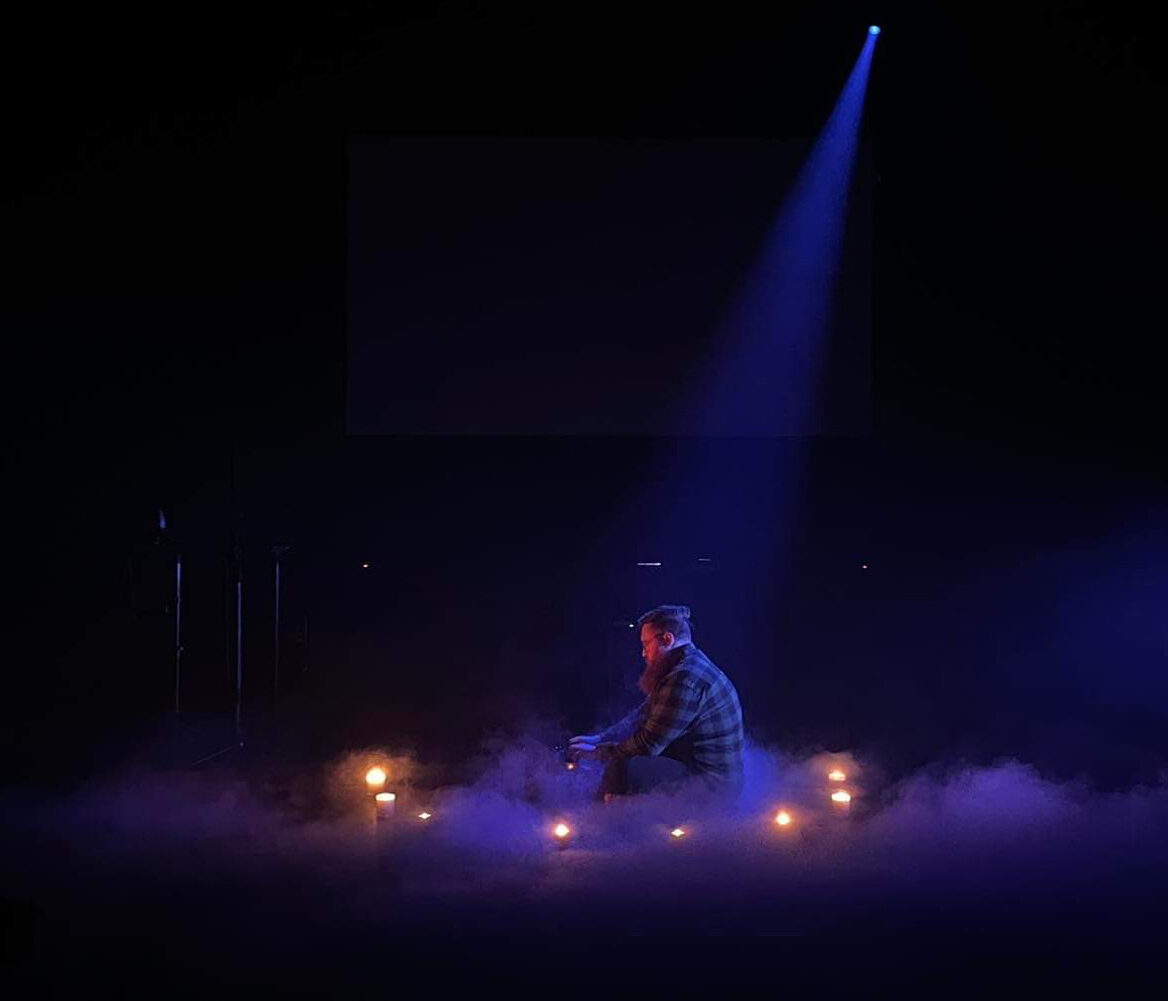Restorative Energies: Art and Healing


Art has always been an essential part of the human experience. Throughout time we have shared our understanding of ourselves, the world around us and our connection with each other through stories. These stories can be shared literally as stories, but also can be expressed in music, dance, painting, sculpture, and more.
As humans have developed, so has our capacity for artistic expression, and that capacity has been and should be woven through the ways we share, learn, communicate, and ideally heal. Art, culture and creativity is uniquely placed to help us to understand complex ideas, to understand a broad range of emotions, and to enhance our capacity for empathy.
Art and creativity are fundamental in building a healthier society. This is not a new idea, organisations like Te Ora Auaha, Arts Access Aotearoa, and even the World Health Organisation, have shared research and insights around the way we could be rethinking the integration of arts into healing journeys, and potentially how we could rethink the systems of healthcare to include these more holistic preventative measures and innovative approaches to the way we care for one another.
Some local CNZ research shows that more people believe “the arts help improve New Zealand society” and “the arts make an important contribution to community resilience and wellbeing”. Our own wellbeing research shows that people with regular engagement with arts, culture and creativity have “higher overall wellbeing as compared to those who report little or no engagement with arts, culture and creativity”.
So, how can we link the positive wellbeing benefits of artistic activities and use them to better assist people in healthcare?
One of the more common connections is with mental health. Engagement with arts, culture and creativity, particularly through creative self-expression, is likely to have a positive impact on the mental wellness of Waikato residents, and may lead to improvements in overall wellbeing.
Participating in creative activities can help people express themselves when dealing with emotional distress. Finding a creative activity that you connect with can be a pathway to a flow state which can be a beneficial experience – a sense of mindfulness.
There are a range of examples to explore here and here.
Outside of the things you can do yourself, there are clear connections here with important work that is happening locally as well. Organisations like Arts for Health are doing good things in this area. Also our friends at Otautahi Creative Spaces have been advocates for this for a while – including being part of some thinking around arts on prescription along with the Art Chemist. These types of concepts and activities would be great to see explored in more detail with more investment and support. There have been some really interesting trials of arts on prescription or social prescribing in the UK – perhaps something for NZ to explore?
Beyond the activities of art-making and creative activity as a tool for good mental health, there is also the use of art, design, music and multimedia installation practice as a way to shape spaces for recovery and healing.
Art can help us to emotionally navigate the journey of battling an illness or injury, so it is important to have art woven through those spaces designed for our care at those times. There is potential for these interventions to be a motivating factor in recovery of all kinds. It can take different forms and respond to space and place.
More and more hospitals are utilising the benefits of having art on walls, Waikato Hospital Art are doing some exciting work including artworks throughout the hospital. Our friends at DesignWell have also been doing some interesting work in the connection between design and healing spaces. When our healing spaces move away from stark white walls and fluorescent lights into being spaces with texture and colour and warmth, our comfort levels increase, and this can have a positive impact on our recovery. These benefits are not only for the patients, but also for the various healthcare professionals who spend huge hours in those corridors and rooms.
There are studies that show that hospital spaces with art and integrated design can result in patients with stronger vital signs, less of the stress hormone cortisol, and reduced amounts of medication necessary to sleep. Ideally art in healthcare will complement traditional approaches to medicine, intended to improve both physical and mental health in the long-term. This could also include things like music as a component of emergency care. There is so much potential in the way we can utilise sound and light and multimedia tools to re-shape how we engage with the world around us in positive ways.
In the meantime, if you are looking to connect more creativity in your daily life to support your own health and wellbeing, then perhaps explore the ideas in here or here or here or even here!
And enjoy the pleasure of creativity everyday.